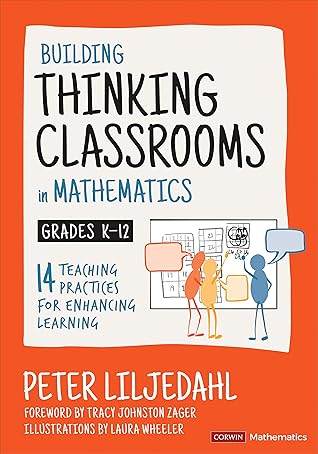More on this book
Community
Kindle Notes & Highlights
you will have a classroom that is not only conducive to thinking but also requires thinking, a space that is inhabited by thinking individuals as well as individuals thinking collectively, learning together, and constructing knowledge and understanding through activity and discussion (Liljedahl, 2016).
I agree that creating and maintaining flow is of utmost importance, and likely the most significant practice, in the thinking classroom.
Governing epistemic is flow
“the number 3 had deep significance. 3. There are three stages: Thoughtless being. Thought. Return to thoughtless being. 33. Do not confuse the first and third stages. Thoughtless being is attained by everyone, the return to thoughtless being by a very few.”
— The Art of Fielding: A Novel by Chad Harbach
https://a.co/8xUFxB1
I caution you against starting gradually. One of the things the research showed over and over again is that if the change you make is too subtle, then the students’ behaviors don’t change, and the changes in your teaching practice will have very little impact. As mentioned, this is why the first toolkit in the Building Thinking Classrooms Framework contains the practices it does and why they are to be enacted together—to signal to students that this is different, and that they need to behave differently.
Frey, N., Hattie, J., & Fisher, D. (2018). Developing assessment-capable visible learners, grades K–12: Maximizing skill, will, and thrill. Corwin.
Hattie, J. (2009). Visible learning: A synthesis of over 800 meta-analyses relating to achievement. Routledge.


